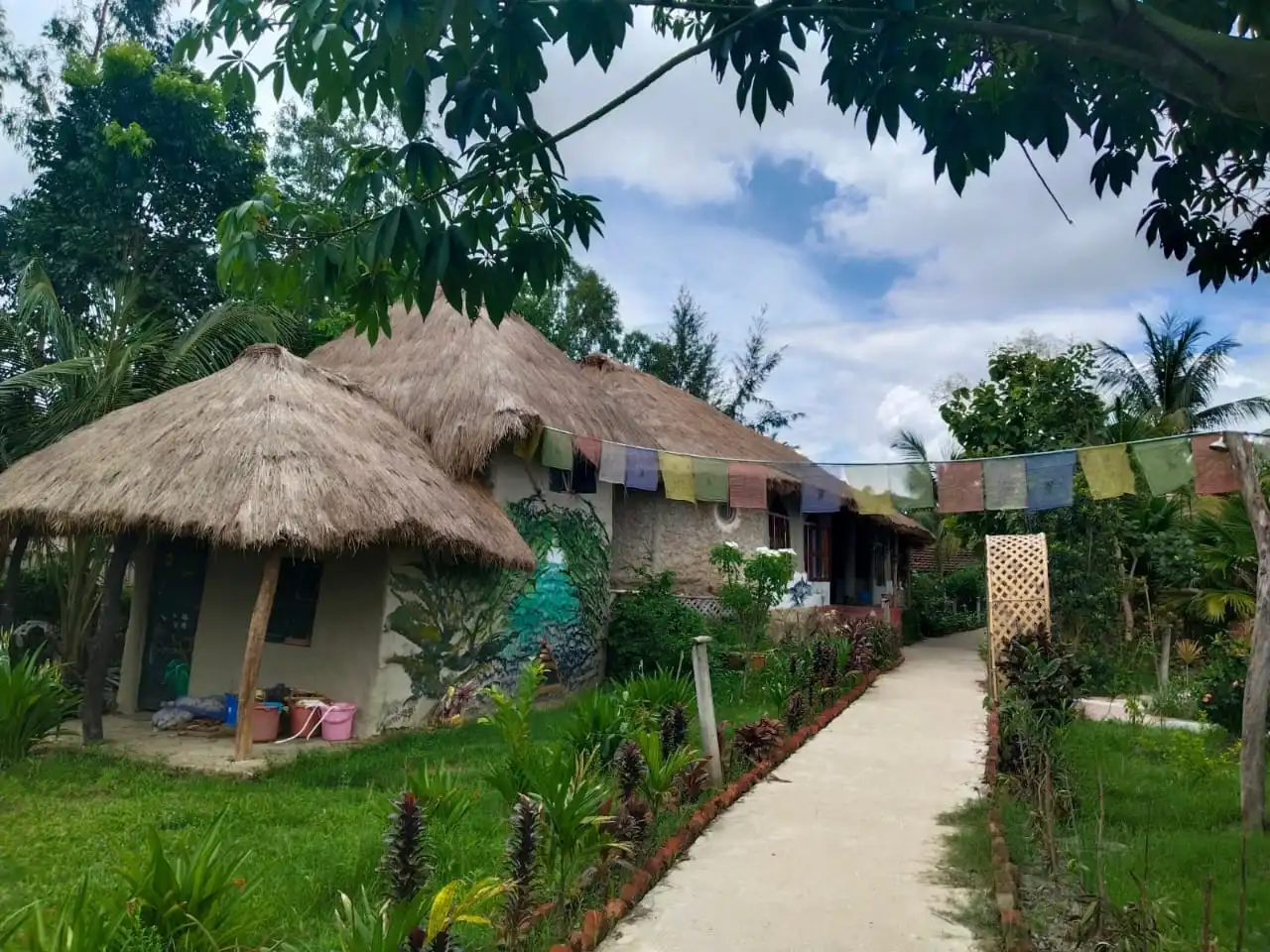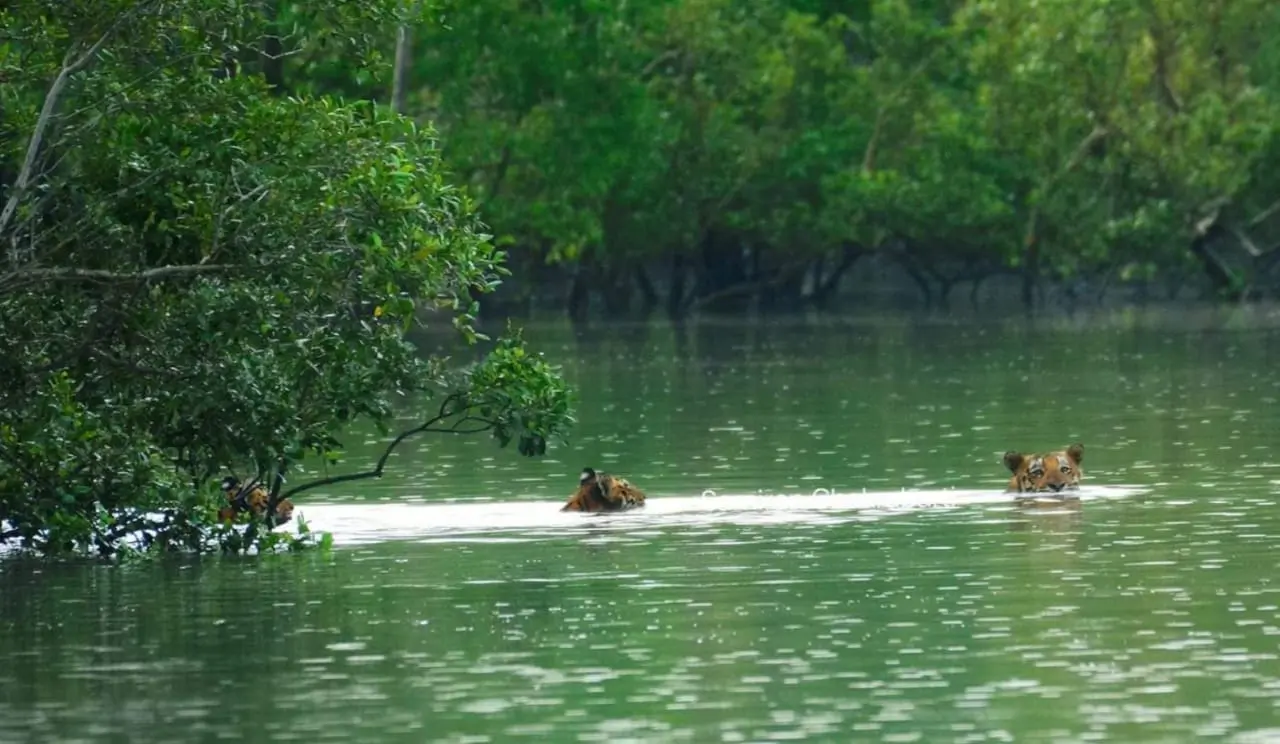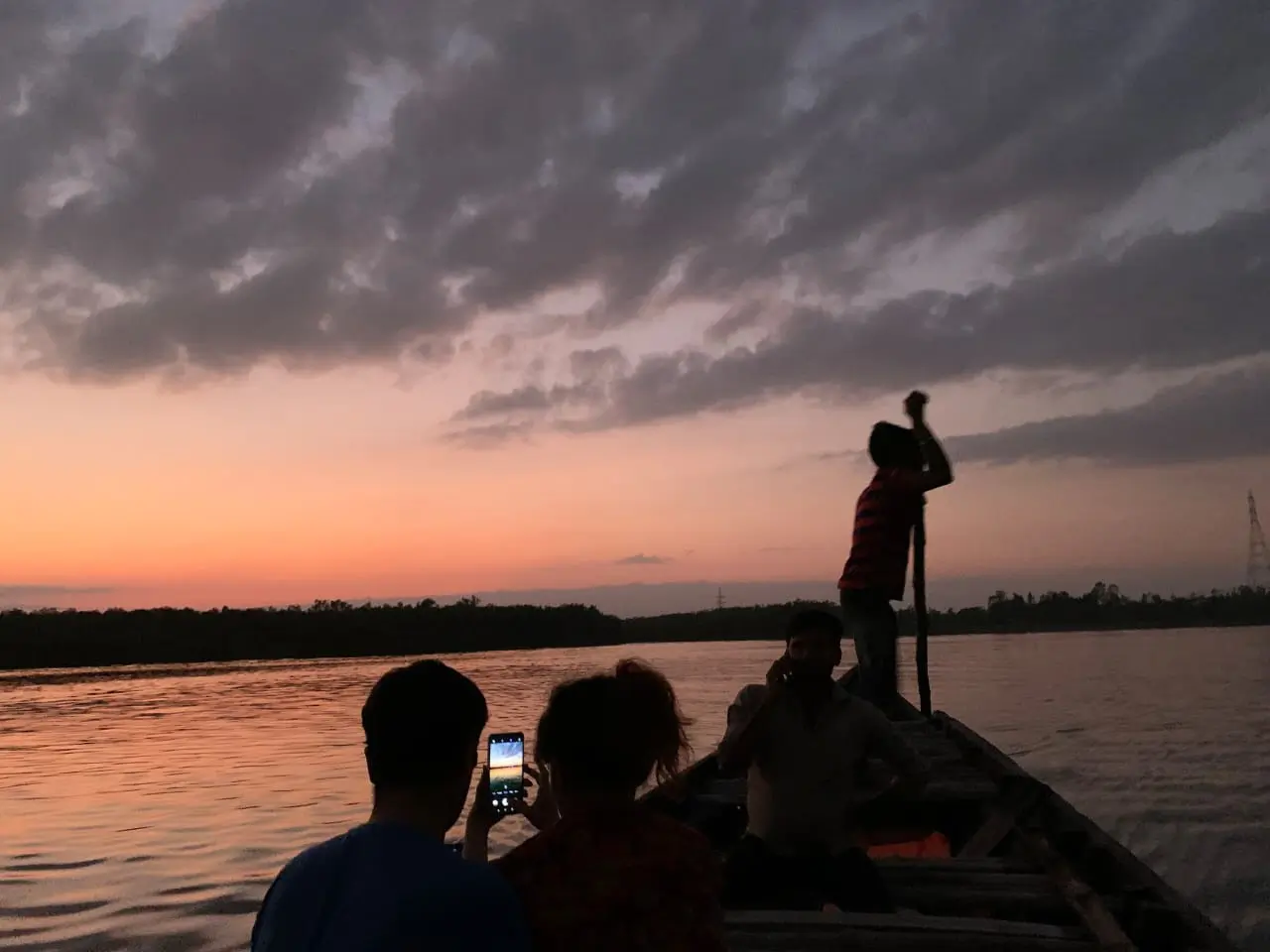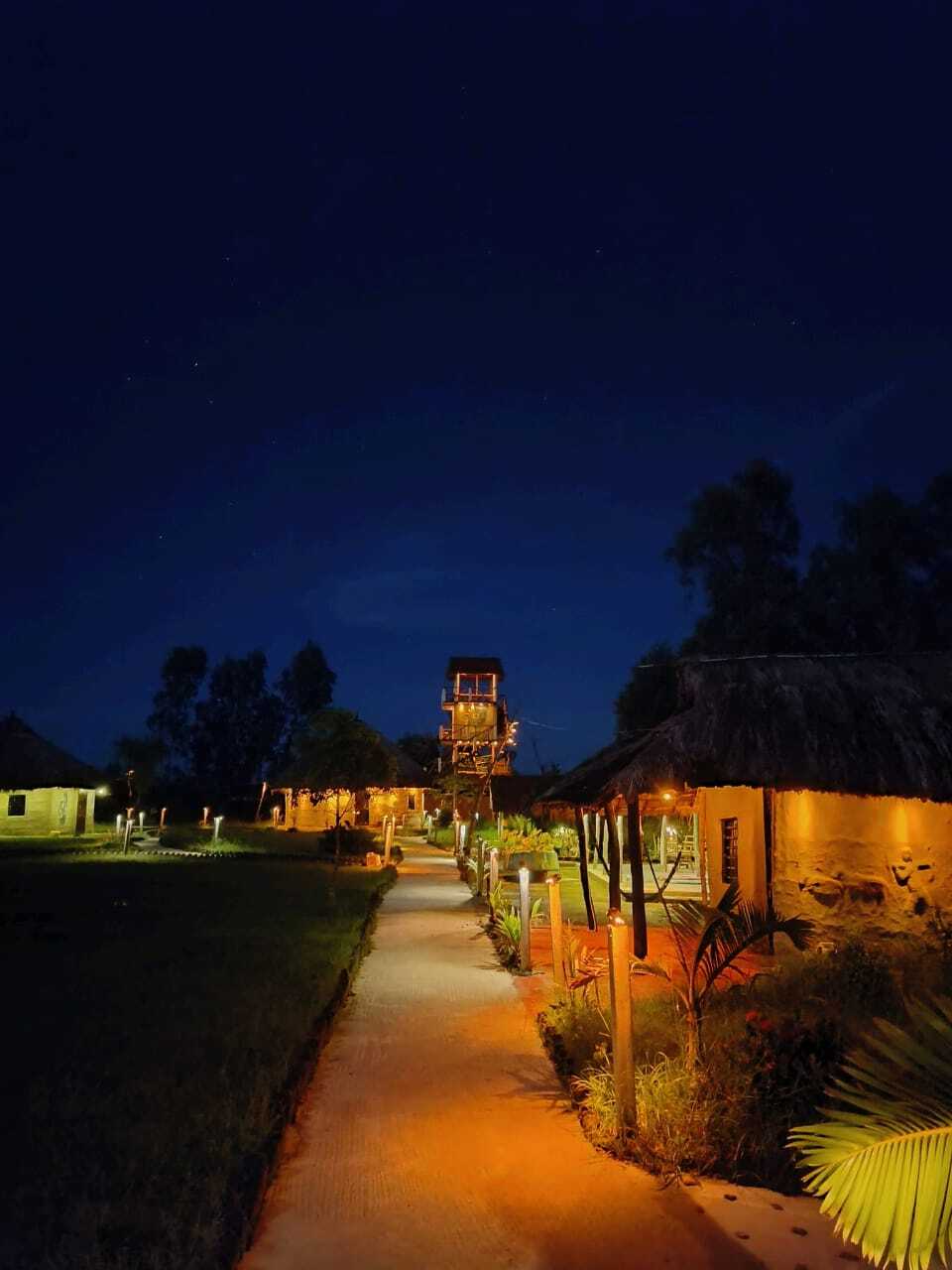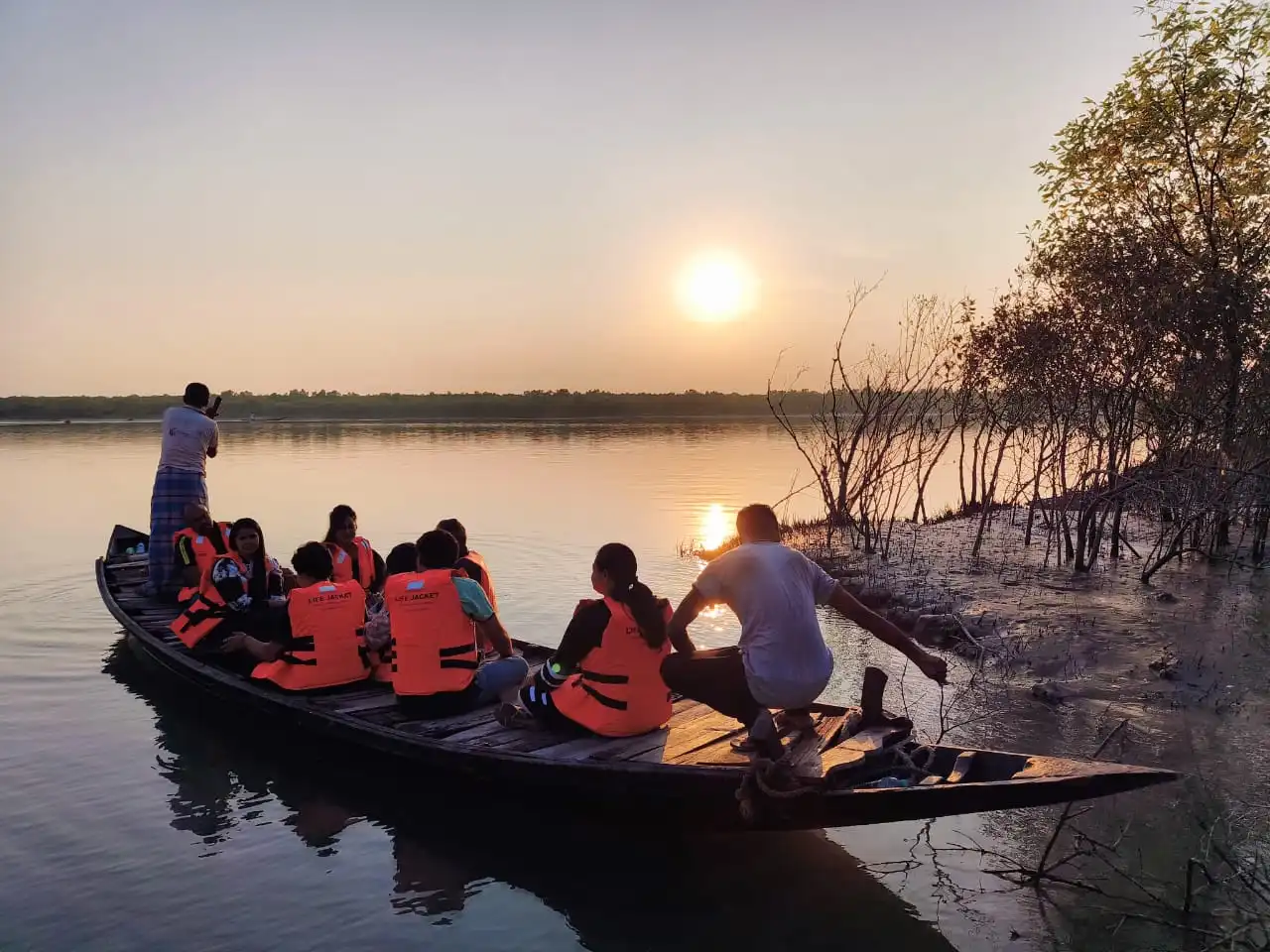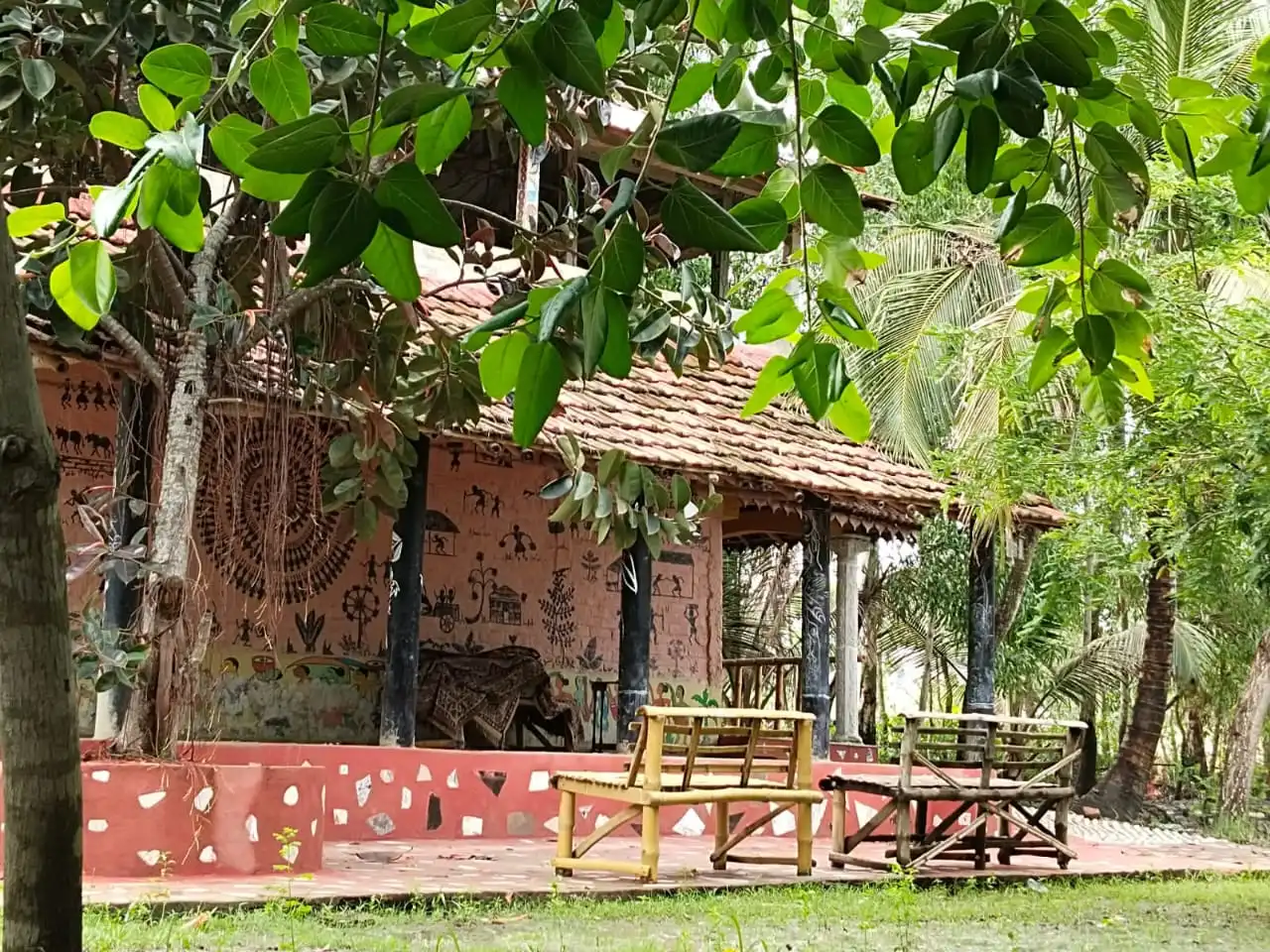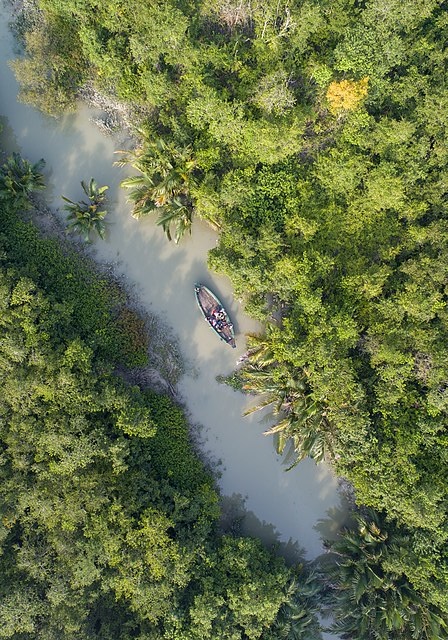Entering the sundarban Kolkata tour, the largest mangrove forest in the world, will take you on an adventure that offers a chance to see natural wonders like never before. It’s important to prepare carefully and comprehend the delicate balance of this special ecosystem in order to navigate the complex waterways and enjoy the vibrant biodiversity. Take into consideration these priceless suggestions, which combine environmental awareness, cultural immersion, and the excitement of wildlife discovery, to make sure your sundarbans tourism is nothing short of spectacular.
9 Tips For Making Sundarban Kolkata Tour Amazing
The Sundarbans, a UNESCO World Heritage Site and the largest mangrove forest in the world, beckon nature enthusiasts with its unique blend of biodiversity and ethereal landscapes. Navigating this natural wonder requires a blend of preparation, respect for the environment, and a spirit of adventure. Here are some indispensable tips for making your sundarban Kolkata tour truly amazing.

Understanding the Ecosystem:
The Sundarbans tourism is a delicate ecosystem where land and water merge seamlessly. Before embarking on your journey, take the time to understand the intricate web of life that exists here. The mangroves, tidal waterways, and diverse wildlife contribute to the fragile balance of nature.
Choosing the Right Time:
The Sundarbans experience distinct seasons, and your choice of timing can significantly impact your experience. The winter months, from November to February, offer pleasant weather and increased wildlife visibility. However, monsoons (June to September) bring a lush, green landscape, and the delta transforms into a vibrant canvas.
Selecting the Right Tour Package:
Sundarban tour packages come in various durations and themes. Whether opting for a day trip or a multi-day adventure, choose a package that aligns with your interests and preferences. Some packages focus on wildlife safaris, while others offer a deeper cultural immersion.
Packing Essentials:
Prepare for your adventure by packing essentials such as comfortable clothing, sturdy shoes, sunscreen, insect repellent, and a hat. Binoculars and a camera are indispensable for capturing the breathtaking moments and diverse wildlife you’ll encounter.
Respecting Wildlife and Environment:
The Sundarbans are home to the iconic Royal Bengal Tigers, along with numerous other species. Maintain a respectful distance from wildlife, follow guidelines provided by your guides, and adhere to the principles of responsible tourism to minimize your impact on the environment.
Engaging with Local Culture:
The Sundarbans are not just about wildlife; they also hold a rich cultural tapestry. Interact with the local communities, understand their traditional practices, and partake in their cultural events. This engagement adds a layer of depth to your sundarbans tourism experience.
Staying Hydrated and Nourished:
The Sundarbans’ humid climate demands staying adequately hydrated. Carry sufficient water and consume local fruits and snacks to keep your energy levels up during your exploration. Many tour packages include meals, ensuring you get a taste of the local cuisine.
Embracing the Silence:
One of the most enchanting aspects of the Sundarbans is its serene silence, broken only by the sounds of nature. Embrace this tranquility, be mindful of your surroundings, and allow yourself to be fully immersed in the natural symphony of the delta.
Flexibility and Patience:
Nature operates on its own schedule, and wildlife sightings are not guaranteed. Approach your Sundarban tour with flexibility and patience. Whether it’s waiting for a rare bird to reveal itself or hoping for a glimpse of the elusive Bengal Tiger, the unpredictable nature of the wilderness is part of the adventure.
By incorporating these tips into your sundarbans tourism, you not only enhance your personal experience but contribute to the conservation of this unique and precious ecosystem. The Sundarbans, with their untamed beauty, await those ready to embrace the magic of the mangroves.
Conclusion
As your Sundarban adventure draws to a close, enriched with moments of tranquility, wildlife sightings, and cultural exchanges, the significance of responsible and mindful tourism becomes evident. These tips, ranging from understanding the ecosystem to embracing flexibility and patience, serve not only as a guide for a remarkable journey but also as a commitment to the preservation of this extraordinary natural treasure. The sundarban Kolkata tour, with their timeless allure, leave an indelible mark on those who venture into their midst, and by following these insights, your tour transforms into an unforgettable odyssey of discovery and appreciation for the wonders of the mangroves.
FAQs
How should I handle unpredictable weather conditions in the Sundarbans?
Be prepared for sudden weather changes. Pack waterproof gear, including a rain jacket and appropriate footwear. Keep essentials like a hat and sunscreen for sun protection. Flexibility in your plans will help you adapt to varying weather conditions.
Can I contribute to the conservation efforts of the Sundarbans during my tour?
Absolutely. Be conscious of your ecological footprint, follow the principles of Leave No Trace, and support local conservation initiatives. Dispose of waste responsibly, use eco-friendly products, and choose tour operators committed to sustainable practices.
How can I make the most of wildlife photography in the Sundarbans?
Invest in a good camera with zoom capabilities. Be patient and observant, allowing wildlife to behave naturally. Respect ethical photography practices, refrain from using flash near animals, and capture the beauty of the Sundarbans responsibly.
Are there specific safety precautions I should be aware of during the Sundarban tour?
Prioritize safety by adhering to the instructions of your tour guide. Avoid wandering into unfamiliar areas, especially during low tide. Follow safety protocols on boats, wear life jackets, and inform someone about your whereabouts for added security.

